8 WooCommerce Stats to Enhance Conversion Rate Optimization (CRO)
WooCommerce, the popular and robust e-commerce platform, empowers millions of online businesses worldwide.
From small independent ventures to large enterprises, it offers a flexible and feature-rich solution for building and managing online stores. For any business owner staying on top of numbers is key to long-term growth and success.
Whether you’re just starting out or have an established WooCommerce store, statistics such as conversion rate or customer lifetime value, from mobile traffic share, product performance and others, will serve as your compass, guiding you towards growth and profitability.
Here are 8 WooCommerce statistics that every store owner needs to know.
1. Conversion Rate
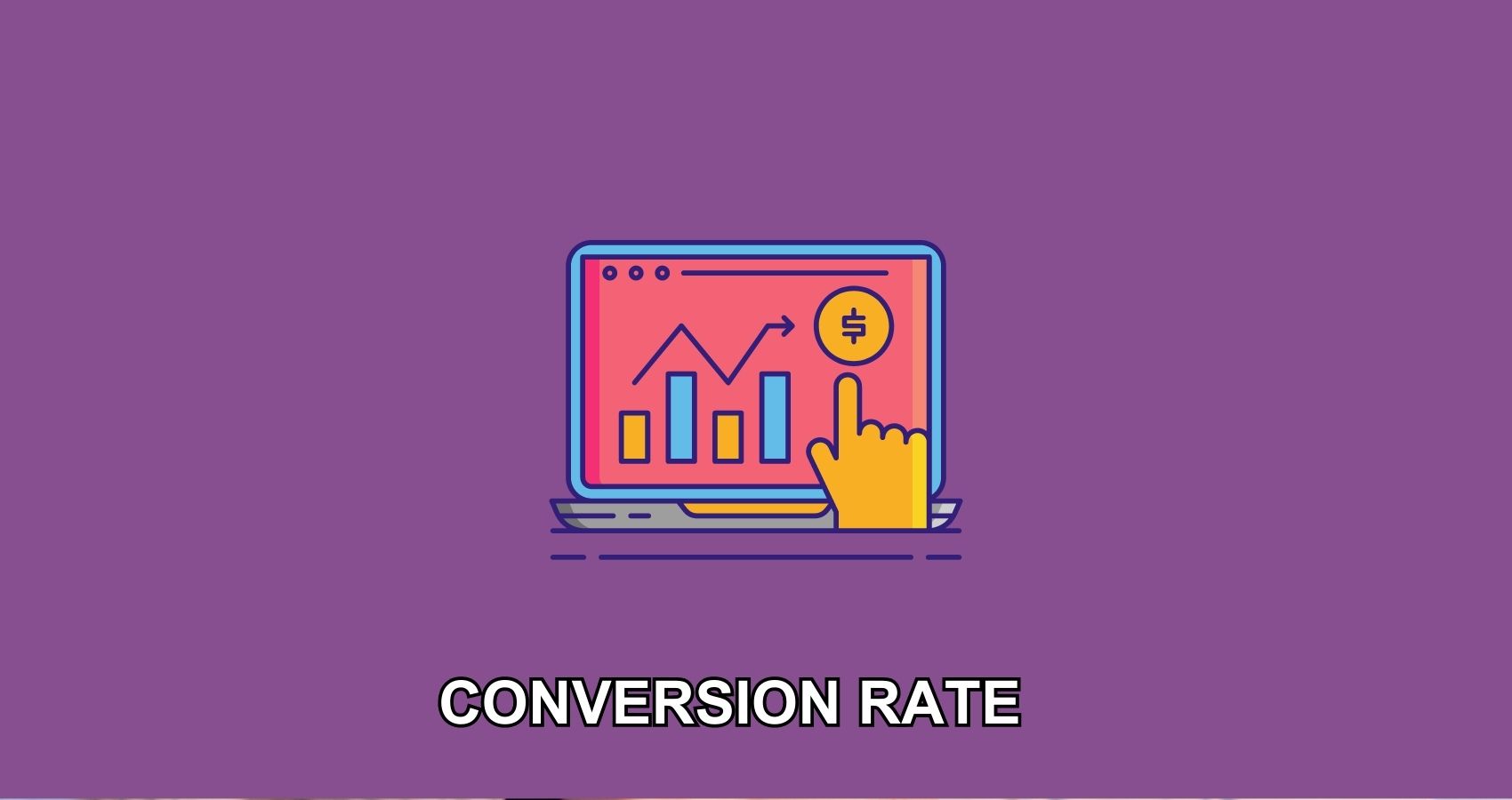
Conversion rate is a fundamental metric that measures the percentage of website visitors who complete a desired action e.g. fill out a form, visit a certain page, purchase, etc. For WooCommerce store owners this will usually be purchases. It’s an important metric because it directly impacts your revenue and profitability.
Calculating the conversion rate in WooCommerce is relatively straightforward. Take the total number of conversions i.e. completed purchases and divide by the total number of visitors during a specific time. Then multiply the result by 100 to get a percentage.
To monitor your conversion rate, you can utilize the analytics and reporting capabilities of WooCommerce or integrate your store with a reliable analytics platform like Google Analytics. You can use analytics to identify trends, patterns, and areas for improvement.
Here are 5 strategies that you can use to improve your conversion rate.
- Optimize your Website – You will need to make sure that your website is visually appealing, user-friendly, and easy to navigate. You will also need to streamline the checkout process, minimize friction points, and provide clear calls to action to encourage visitors to complete their purchases. The overall user experience of your website will have an impact on your conversion rate.
- Improve Product Descriptions and Images – Product descriptions and images have always significantly influenced purchase decisions. You should make sure you highlight unique selling points of products, address customer pain points, and use visually appealing images and graphics to compel customers to complete purchases.
- Utilize Social Proof – Customer reviews, ratings, and testimonials are an excellent way to build trust and credibility. Positive social proof can help boost conversion rates and remove customer concerns.
- Implement Abandoned Cart Recovery – There are several tools and plugins available for WooCommerce that can help you automatically send personalized follow-up emails to customers who abandoned their carts. Offering incentives or reminders can encourage them to return and complete their purchase.

- Use A/B Testing – A/B testing is an excellent way to gauge customer response. You can experiment with different elements of your store, such as headlines, button colors, or pricing strategies, through A/B testing. You can then compare different variations and determine which one yields higher conversions.
2. Average Order Value (AOV)
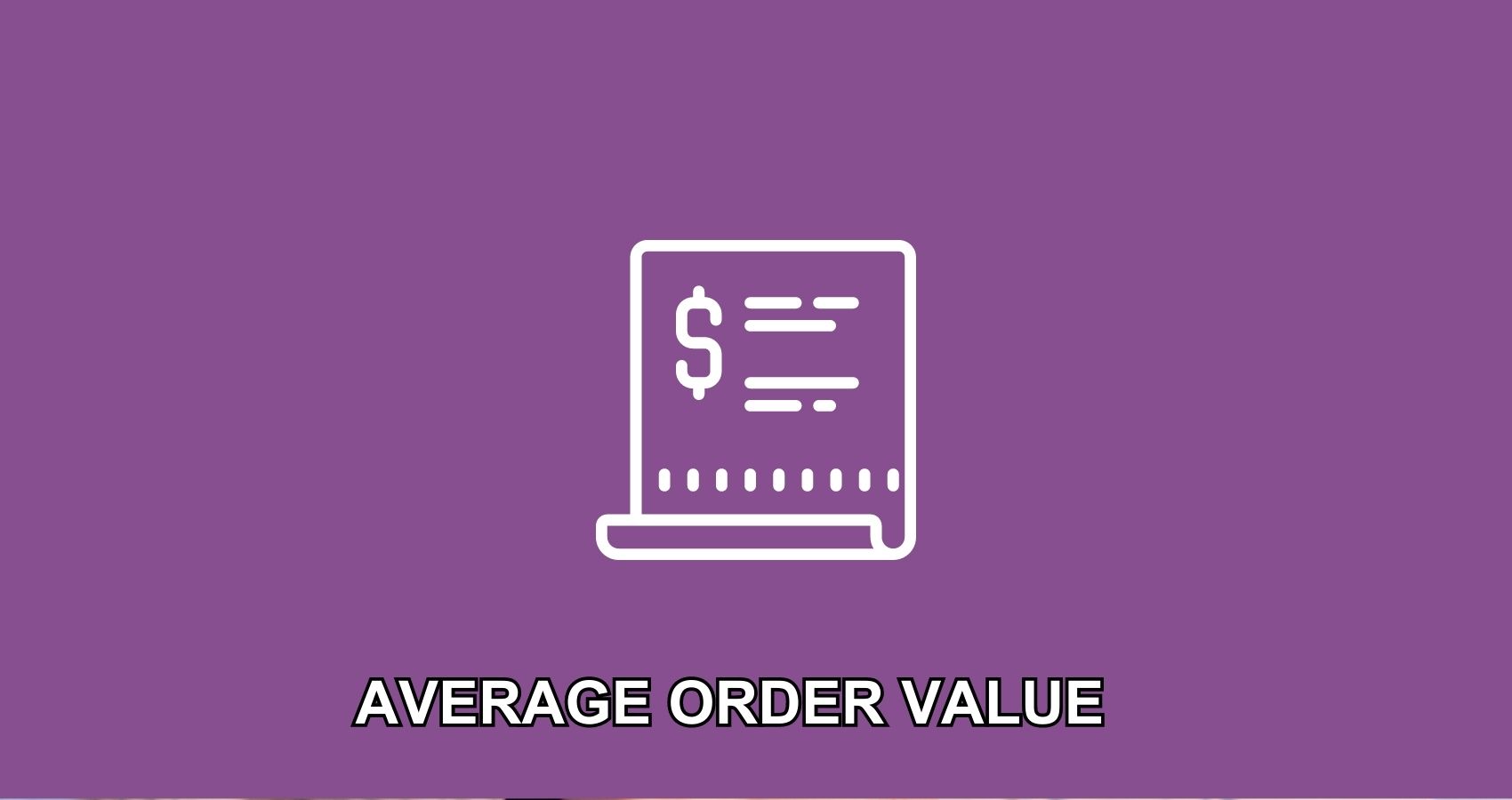
The average order value is the average amount a customer spends on your WooCommerce store.
To calculate it simply divide the total revenue generated by the total number of orders during a specific period. Increasing the average order value allows you to maximize the value of each customer transaction, leading to higher overall sales and increased profitability. You can track the AOV over time using the built-in reporting and analytics tools within WooCommerce or by utilizing third-party analytics platforms. Tracking the AOV over time will help you analyze trends and identify factors influencing changes in AOV.
There are several ways in which you can increase the AOV, here are a few examples.
- Cross-selling and Upselling – By utilizing cross-selling and upselling. Here you encourage customers to add more items to their cart or upgrade to higher-priced products. You can display related or complementary products during checkout. For example, if someone is buying a pair of shoes you can encourage them to buy Shoe Polish as well.

- Product Bundling – Create product bundles or packages that offer a discount when multiple items are purchased together. Bundling can increase the perceived value for customers and incentivize them to spend more.
- Free Shipping Thresholds – By setting a minimum order value to qualify for free shipping, you can encourage customers to add more items to their cart until they reach the threshold, thereby increasing the average order value.
- Personalized Product Recommendations – You can leverage data and customer purchase history to provide personalized product recommendations during the shopping experience. By suggesting relevant and complementary products, you can entice customers to add more items to their cart.
3. Cart Abandonment Rate
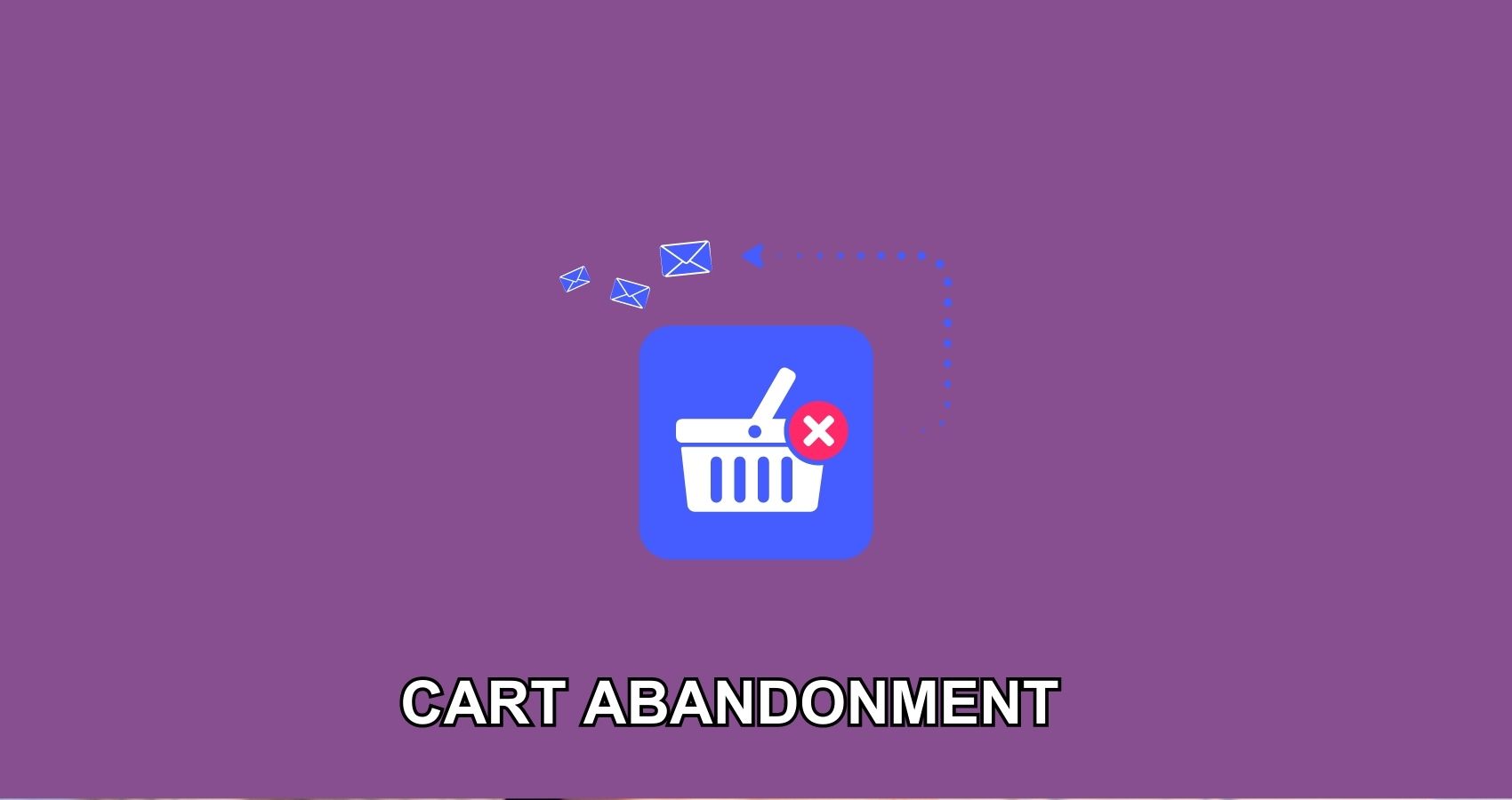
Sometimes customers add items to their shopping cart but leave the website without completing purchases. This is usually referred to as cart abandonment. It’s an extremely common scenario in eCommerce and can have a significant impact on your store’s revenue. Understanding cart abandonment, the reasons behind it, and how to deal with it is crucial for improving conversion rates and sales. Usually, cart abandonment reflects an underlying issue in your sales funnel, for example, red flags during checkout, pricing issues, unexpected shipping costs, unexpected transaction fees, or poor user experience.
To calculate the cart abandonment rate use the following formula:
Cart Abandonment Rate = (1 – (Number of Completed Purchases / Number of Initiated Carts)) * 100
Here are some ways in which you can reduce the cart abandonment rate.
- Simplify the Checkout Process – You can simplify the checkout process by minimizing the number of steps and eliminating unnecessary checkout fields. You can also offer the guest checkout option to make it easier for customers to complete their purchases.

- Display Trust Signals – One of the main reasons behind abandoned carts is a lack of trust. Displaying trust symbols, security badges, and payment options prominently is a great way to build trust with your customers. They reassure customers about the safety of their personal and financial information.
- Offer Transparent Pricing and Shipping Information – Make sure you clearly communicate the total costs, including taxes and shipping fees, upfront. Unexpected costs during the checkout process are a major cause of cart abandonment. Provide shipping cost calculators and estimated delivery dates to set accurate expectations.
- Implement Exit Intent Pop-ups – Exit intent pop-ups capture visitors’ attention when they show signs of leaving the website. You can offer discounts, free shipping, or limited-time promotions to encourage them to complete their purchase.
- Send Abandoned Cart Recovery Emails – You can use automated email campaigns to remind customers about their abandoned carts and encourage them to return and complete the purchase. Include compelling subject lines, personalized product recommendations, and enticing offers to win back their interest.

4. Mobile Traffic Share
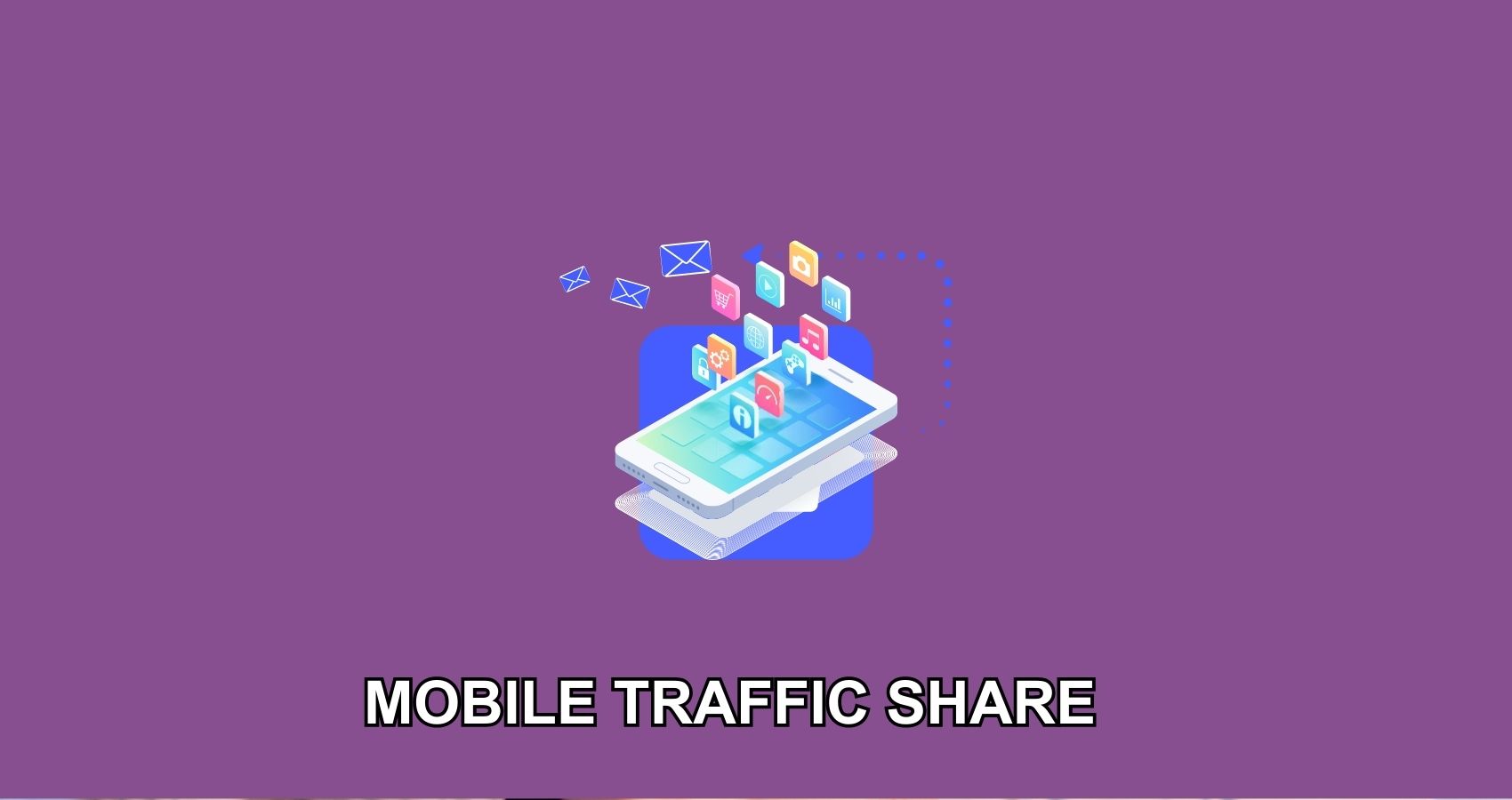
For most online stores, mobile traffic surpasses desktop and any other source traffic. As a WooCommerce store owner, it’s crucial for you to understand and optimize for mobile traffic. Measuring mobile traffic share helps you understand the proportion of website visitors who access your store through mobile devices.
WooCommerce has built-in analytics and reporting tools that you can use to analyze traffic sources, including mobile devices. You can use these analytics to identify trends, make informed decisions, and ensure your store is catering to the needs of mobile users.
Here are some techniques to ensure you are catering to an increased mobile traffic share.
- Mobile Responsive Design – You must ensure that your WooCommerce store is designed responsively, i.e. it automatically adapts automatically to various screen sizes and resolutions. A mobile-responsive design provides a seamless browsing experience and allows customers to navigate, view products, and complete purchases easily on their mobile devices.
- Simplified Navigation – Use clear and concise menus, intuitive icons, and streamlined navigation structures to optimize your store’s navigation for mobile devices. You should make it easy for mobile users to find products, access their shopping carts, and navigate through your store effortlessly.
- Page Speed Optimization – Mobile users expect fast-loading websites. Optimize your store’s page speed by minimizing image sizes, reducing unnecessary scripts, and leveraging caching techniques. A faster loading time improves the user experience and reduces the chances of visitors abandoning your site.
- Streamlined Checkout Process – Simplify the checkout process for mobile users. Minimize the number of checkout form fields, provide autofill options, and utilize mobile-friendly payment gateways to create a frictionless experience. A streamlined checkout process reduces the likelihood of cart abandonment and improves conversion rates.

- Mobile-Specific Marketing Campaigns – Tailor your marketing campaigns to target mobile users. Optimize your email marketing and advertising efforts for mobile devices, ensuring that your messages, promotions, and calls-to-action are designed and optimized for mobile viewing.
5. Return Rate
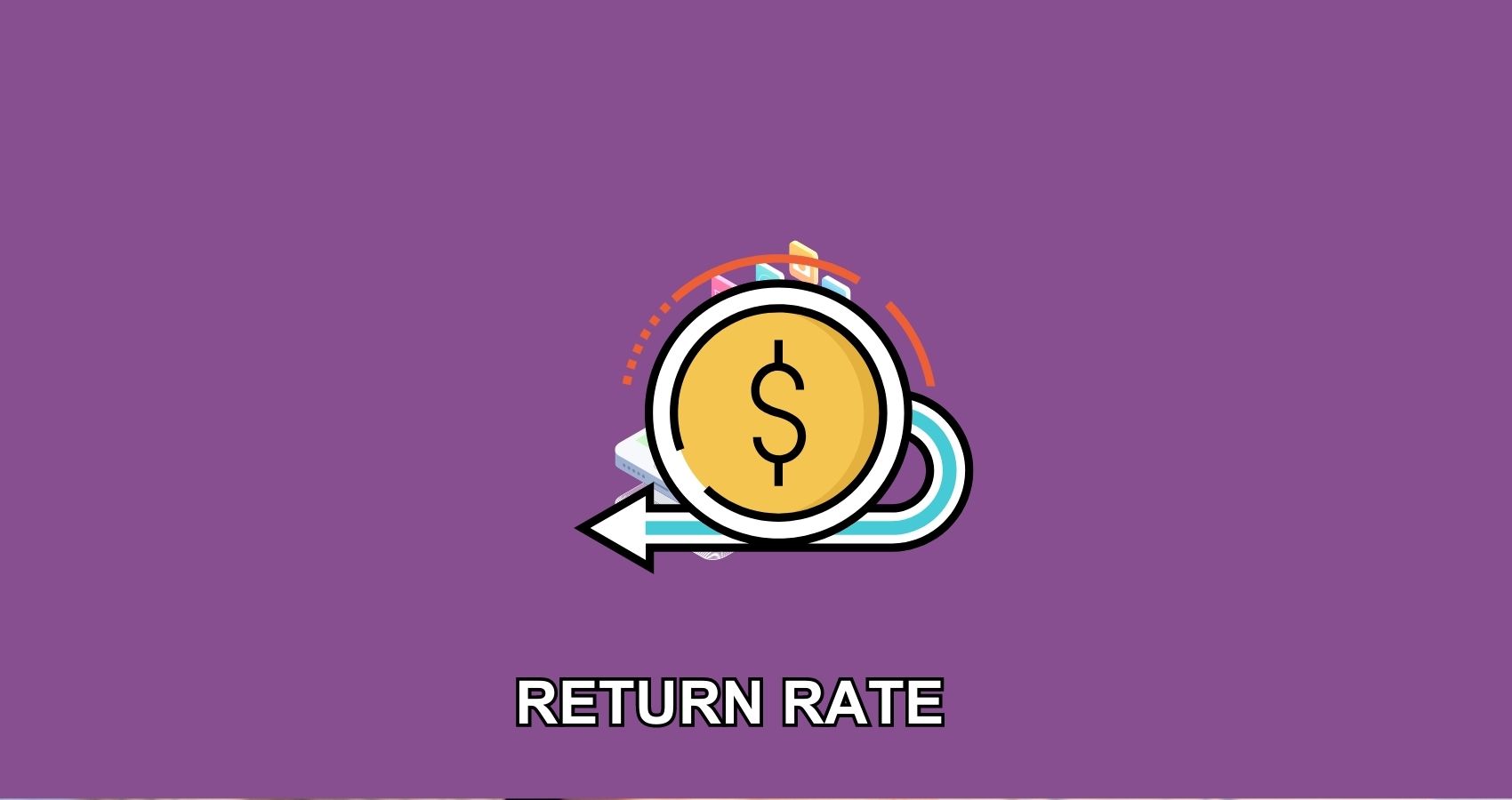
Return rate measures the percentage of products that are returned by customers after purchase. It provides insights into customer satisfaction, product quality, and overall customer experience. Analyzing the return rate helps you identify trends, patterns, and potential issues with your products or customer experience. By tracking this, you can take proactive steps to reduce returns, improve product quality, and improve customer satisfaction. Here are some techniques to optimize your store for mobile devices.
To calculate the return rate use the following formula:
Return Rate = (Number of Returned Products / Total Number of Products Sold) * 100
Here are some strategies to minimize the return rate:
- Clear and Accurate Product Descriptions – Make sure you have detailed and accurate product descriptions, including dimensions, materials, and any potential limitations or requirements. By having clear, accurate, and informative descriptions you can set reasonable customer expectations and reduce the return rate due to misleading information.
- High-Quality Product Images – By displaying high-quality product images from various angles, you allow customers to visualize the product. Providing zoom-in and alternate image views can help customers make better purchasing decisions and minimize the chances of returns based on appearance discrepancies. You also need to make sure your images are optimized and load fast.
- Accurate Sizing and Fit Information – For apparel and fashion items, include detailed sizing charts, measurements, and fit information. For fashion items, one of the main reasons for returns is the wrong sizes. Often customers have a perception of sizes already, you need to ensure that they understand your sizing charts and order the correct sizes.
- Product Reviews and Ratings – Product reviews and ratings are a great source of social proof and help build trust as well. Make sure you incentivize customers to leave honest feedback. Potential customers use reviews and ratings to learn from other customer experiences.

- Robust Quality Control – Implement strict quality control measures to ensure that products meet or exceed customer expectations. Thoroughly inspect and test products before they are shipped to minimize the chances of delivering defective or damaged items.
- Responsive Customer Support – Sometimes returns can be due to simply customers not understanding how to use the product. By having good customer support you may be able to solve some of their problems and hence reduce your return rate. Good customer support can also help answer pre-purchase questions or concerns that customers might have.
6. Customer Acquisition Cost (CAC)
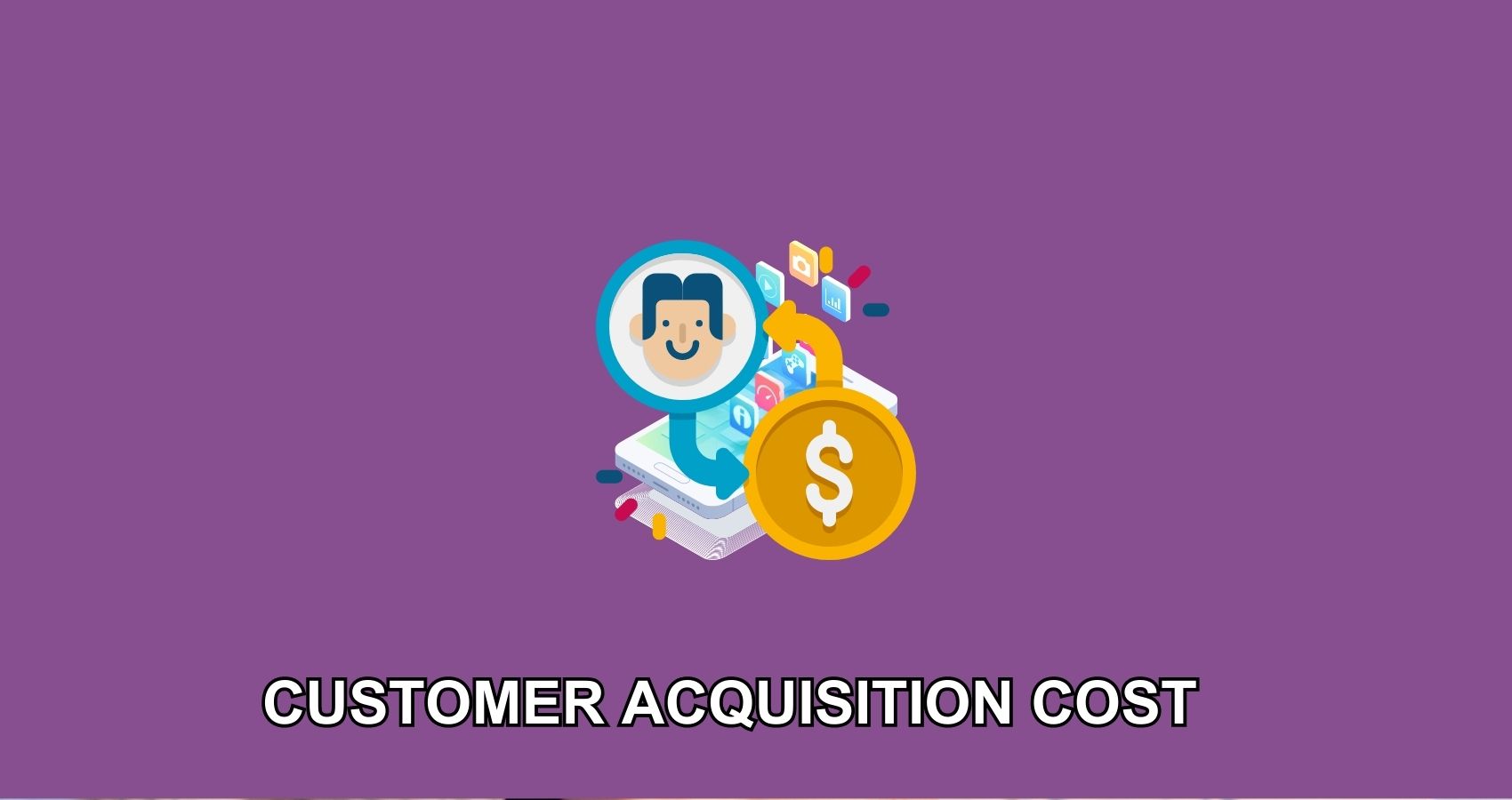
This is the average cost incurred to acquire a new customer. It includes all the expenses related to marketing, advertising, and sales efforts aimed at acquiring new customers. Here is the formula you can use to calculate the Customer Acquisition Cost for your store.
CAC = Total Customer Acquisition Costs / Number of New Customers
It’s an important metric to track as it helps you understand the viability of your marketing efforts. You can then make data-driven decisions about resource allocation and customer acquisition strategies. Here are 3 ways in which you can reduce the customer acquisition cost.
- Targeted Marketing Campaigns – You need to identify your customer demographic and develop a targeted marketing campaign to reach your ideal customer. You can use data analytics and customer insights to identify the most effective channels for acquiring customers.
- Referral Programs – Implementing referral programs is a great way to incentivize existing customers to refer their friends and family to your store. Word-of-mouth marketing has a relatively higher conversion rate.
- Paid Advertising Optimization – If you use paid advertising channels such as search engine ads or social media ads, continuously monitor and optimize your campaigns to maximize their effectiveness. Test different ad creatives, target audiences, and bidding strategies to minimize costs and improve conversion rates.
7. Website Traffic Sources
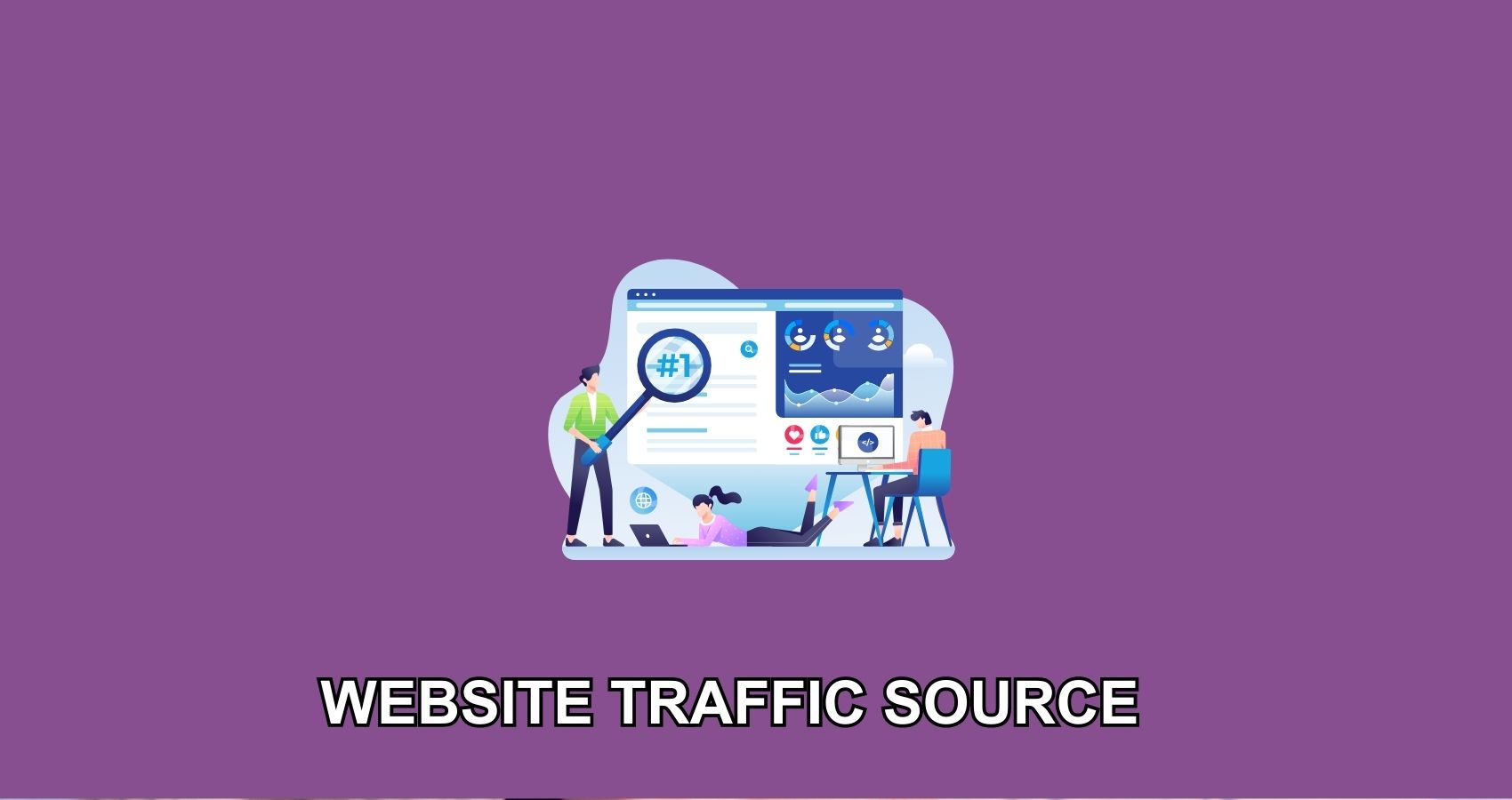
Your store will receive traffic from different sources. It is important to analyze these sources to understand where you are getting your visitors from and which ones are converting. This lets you know which traffic sources are best for your website. You can use this analysis to identify effective marketing channels, optimize customer acquisition strategies and allocate resources accordingly. Here are 4 common traffic sources that you should be focusing on.
- Organic Search – This is traffic that comes from search engines like Google or Bing. It’s one of the best sources of traffic and is highly effective. As most of the visitors found your store by performing a search query and then clicking on an organic search result. This is usually called pull marketing, where the visitor is already interested in your product or service and hence they are searching for it. It, therefore, leads to a higher conversion rate.
- Direct Traffic – These are visitors who directly enter your store’s URL into their browser or have your website bookmarked. Direct traffic can indicate brand loyalty, repeat visitors, or customers who are familiar with your store. It’s also a good way of identifying offline marketing efforts and their impact on brand recognition.
- Referral Traffic – These are visitors who land on your store through backlinks on other websites or online platforms for example directories, blog posts, social media platforms, forums, or other websites. Referral traffic analysis is effective for analyzing the performance of content marketing, partnerships, and influencer collaboration.
- Paid Advertising – These are visitors from search engine ads, display ads, and social media ads. Analyzing paid traffic will help you assess the return on investment of ad campaigns and help you optimize ad budgets for maximum results.
You can use a tool such as Google Analytics to track and monitor the performance of each traffic source. You should pay attention to metrics like traffic volume, bounce rate, time on site, and conversion rates for each source. You should be able to identify the traffic sources that bring in the most engaged visitors and contribute to conversions, then focus on optimizing and expanding efforts in these channels to drive more targeted traffic.
Traffic Analysis can also be used to experiment and diversify. You can continuously experiment with different marketing channels, test new platforms, explore new partnerships, and invest in channels that align with your target audience.
8. Product Performance
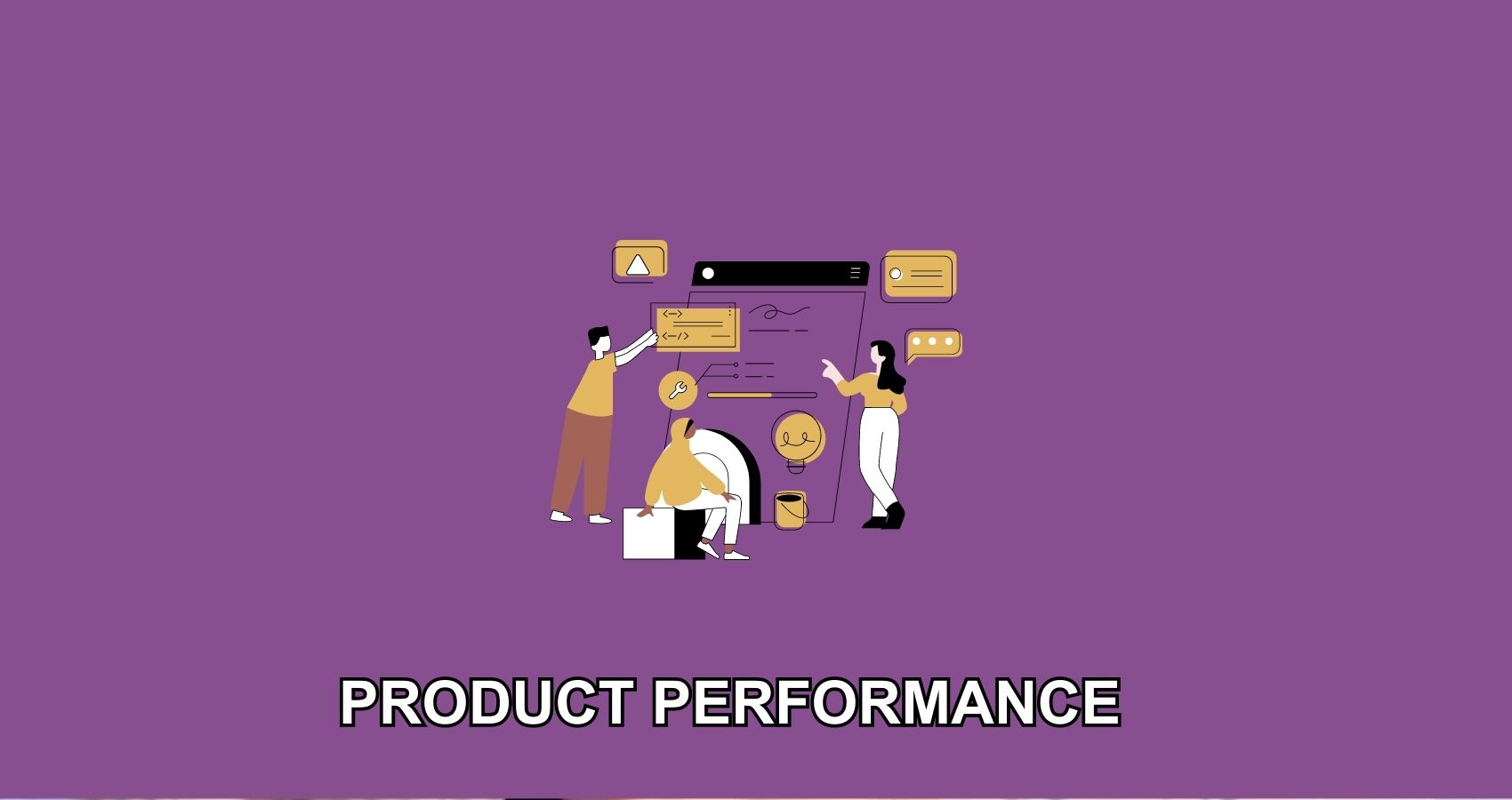
Product performance refers to the assessment of how well your individual products are performing in terms of sales, customer satisfaction, and overall success. You should be monitoring the sales revenue generated by each product to identify top-selling items. You should also track conversion rates, customer ratings and reviews, inventory turnover, profit margins, and return rates. Here are 3 strategies to optimize product performance.
- Product Optimization – You should continuously improve and optimize your products based on customer feedback and market trends and regularly assess product quality, features, pricing, and packaging to ensure they align with customer expectations.
- Competitive Analysis – Competitive research will help you understand how your products compare to similar offerings in the market. You can then identify areas where you can differentiate your products and gain a competitive edge.
- Marketing and Promotion – When you run paid ads and other promotions such as influencer marketing, you can identify top-performing products. In future campaigns, you can develop targeted marketing campaigns to promote these top performers. Make sure to highlight their unique selling points, benefits, and value propositions to maximize sales.
Conclusion
We have looked at 8 WooCommerce statistics that you must know as a WooCommerce store owner and we have also discussed ways in which you can improve these metrics.
By understanding and regularly tracking these essential metrics, you can make data-driven decisions, identify areas for improvement, and optimize your strategies to drive better results. Remember, these statistics are not standalone measurements but interconnected pieces that provide a comprehensive understanding of your store’s performance.





